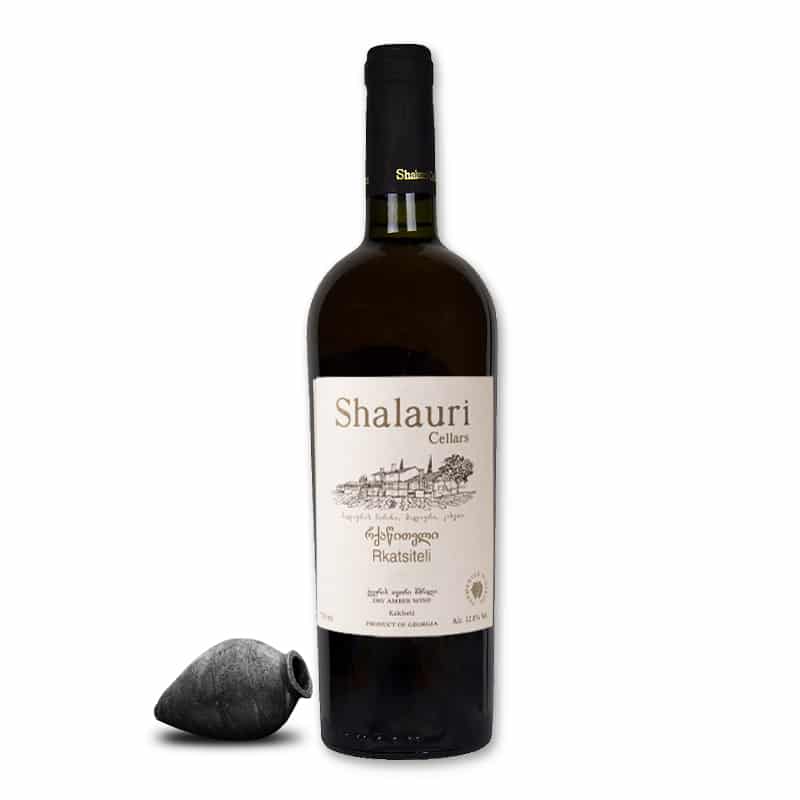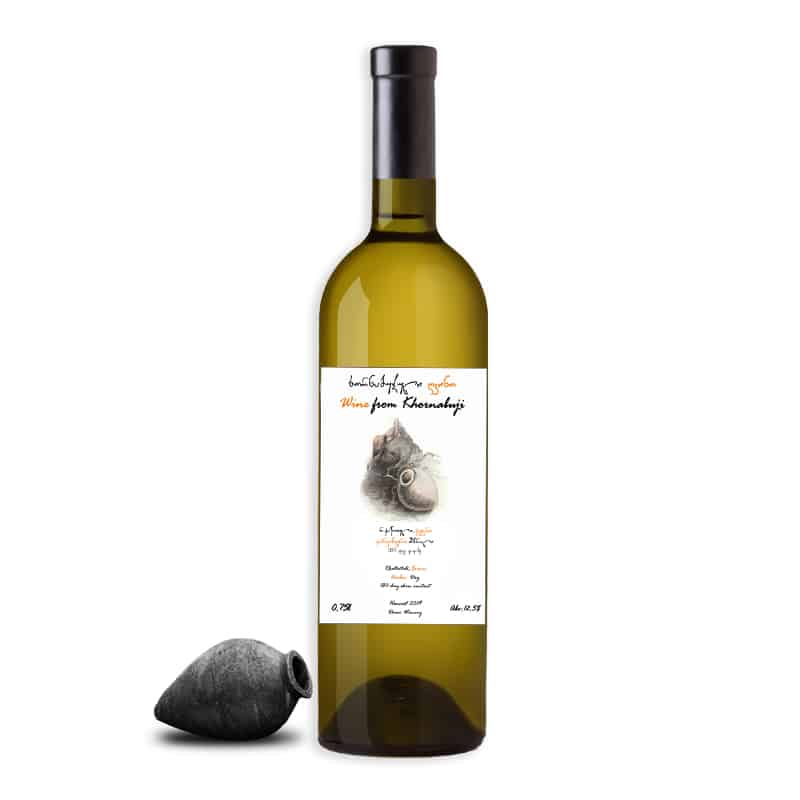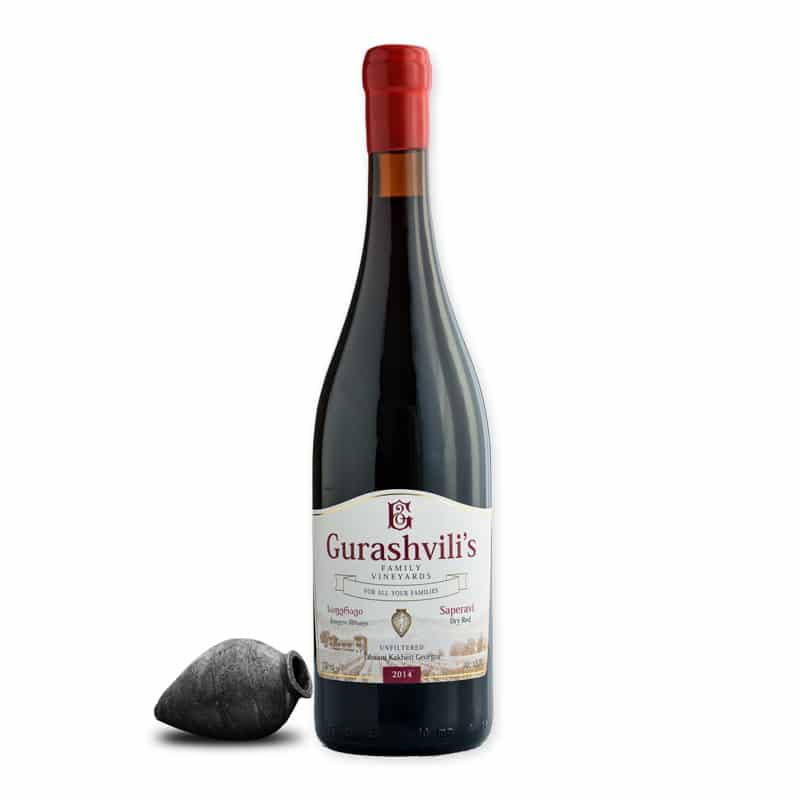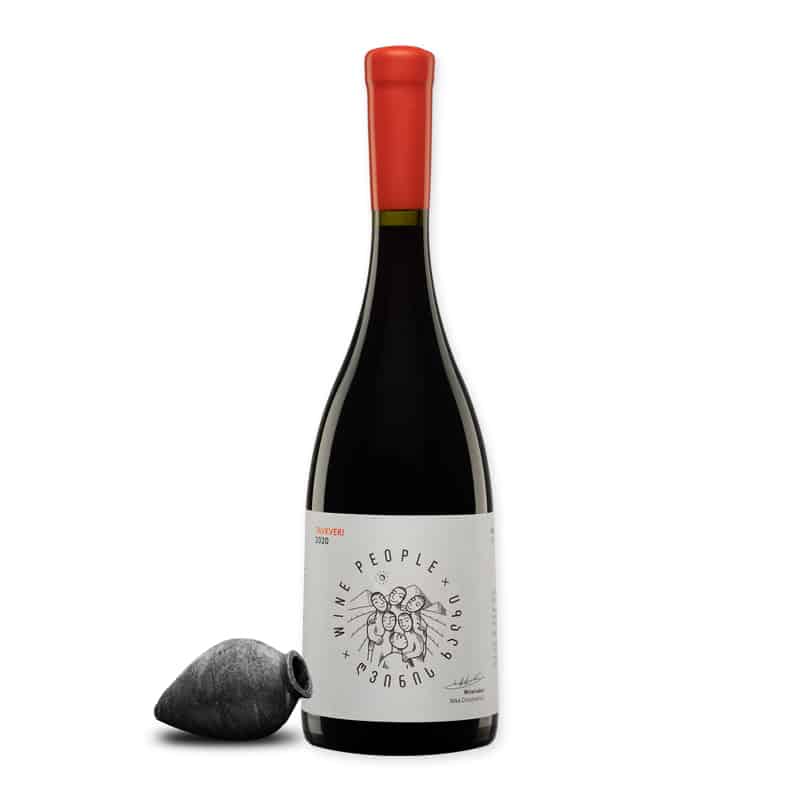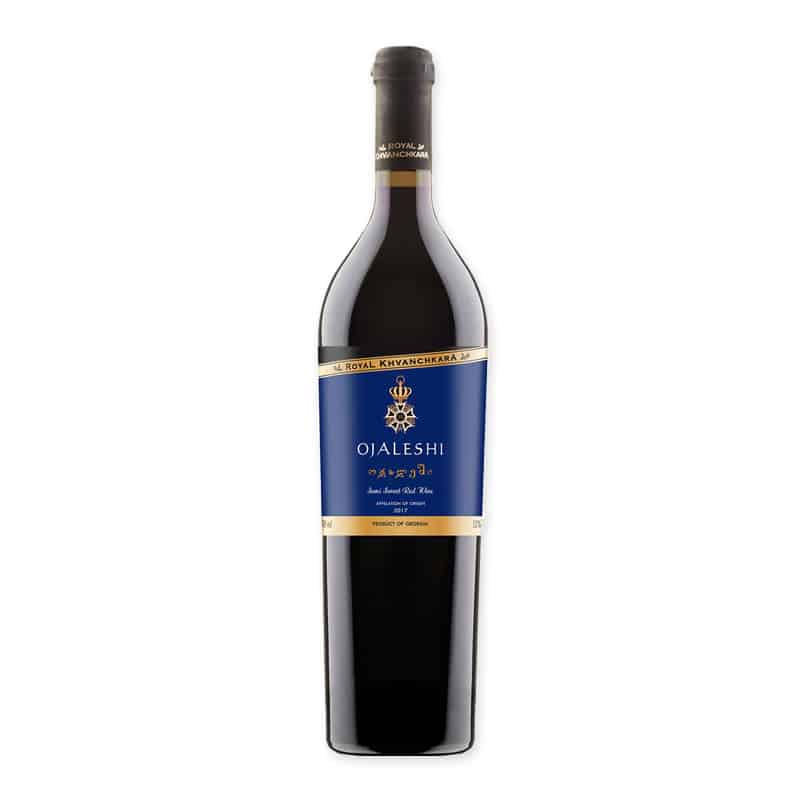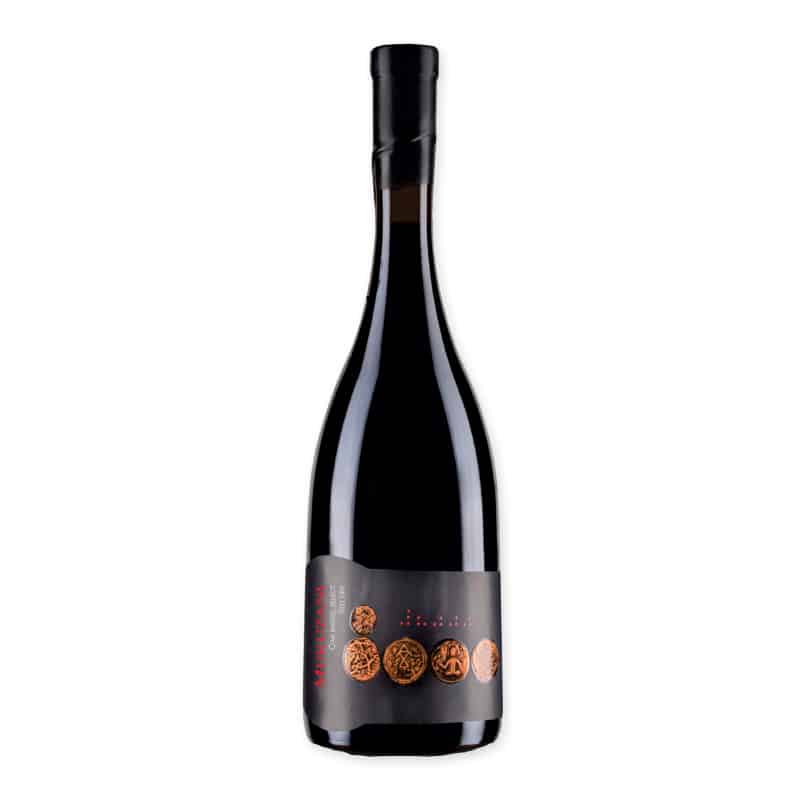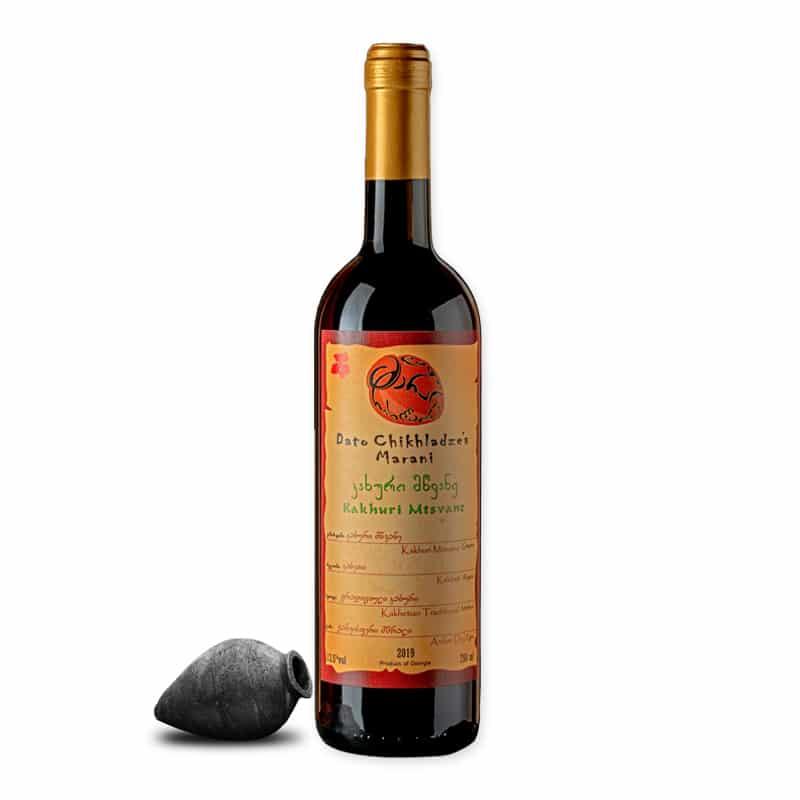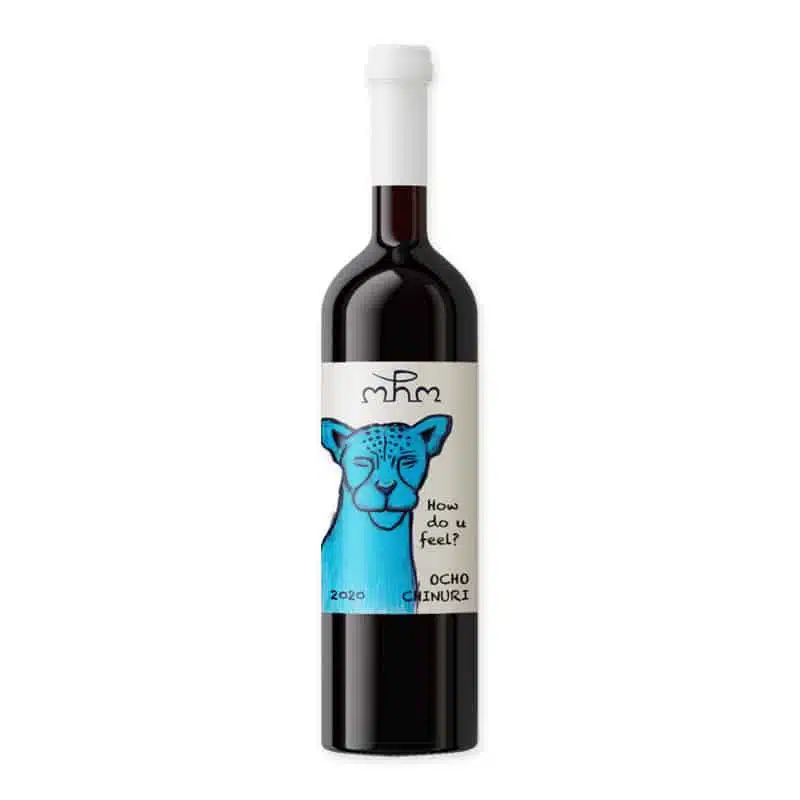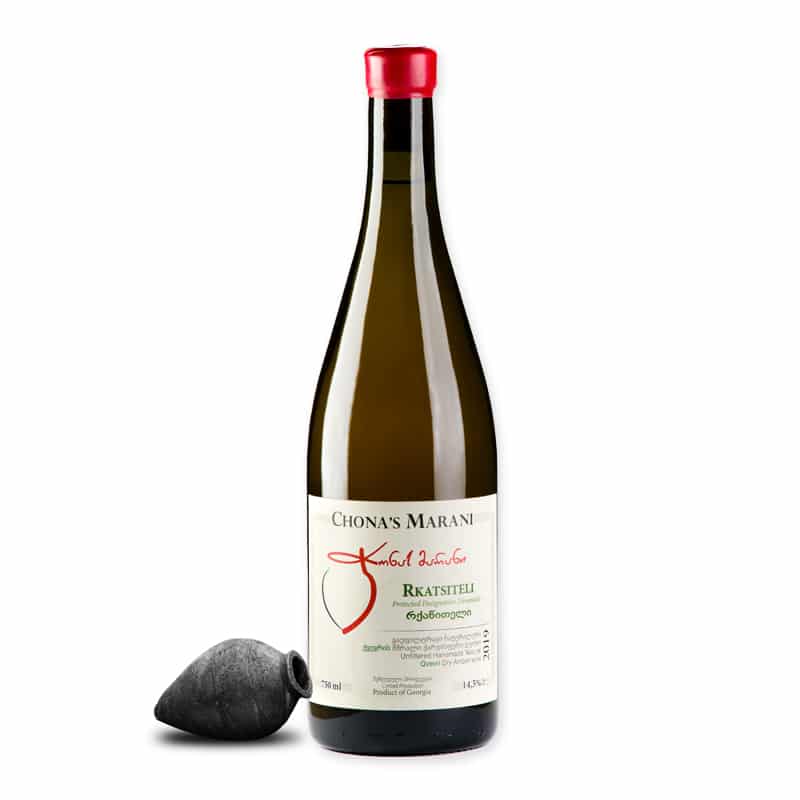Shalauri Khikhvi
€19.45
Shalauri Khikhvi is an amber-colored qvevri wine from Kakheti, made from 100% Khikhvi. Spontaneously fermented, unfiltered, and distinctly aromatic with floral and spicy notes.
In stock
General Information
Shalauri Khikhvi is a traditional Georgian amber wine originating from Kakheti, made from the rare and aromatic grape variety Khikhvi. This grape is mainly found in Eastern Georgia and is known for its floral expression and ripe fruit notes.
The wine is produced according to the classic qvevri method: spontaneous fermentation with skins, pips, and stems in buried clay pots. The wine then matures for several months in the same qvevri, without clarification, filtration, or the addition of sulfites. The result is a pure natural wine with a pronounced character and terroir expression.
Tasting Profile of Shalauri Khikhvi
The wine has a warm amber color with a slight gold-green glow. On the nose, you find orange blossom, acacia, honey, quince, and soft herbs.
On the palate, the wine is dry, with ripe tannins and fresh acids. The structure is full but refined. You taste dried stone fruits, soft spices, and a lightly salty finish. The wine is both elegant and complex, with a long, harmonious finale.
Serving Advice
Shalauri Khikhvi is beautifully complemented by:
– Vegetable tagine with saffron and apricot
– Roasted cauliflower or root vegetables
– Hard cheeses such as Taleggio or Tomme
– Natural wine tastings and gastronomic pairings
Serve lightly chilled, around 13–14°C. Decanting is recommended for aromatic openness.
Did You Know
Khikhvi is one of the lesser-known but historically important white grapes of Georgia. The name is said to refer to the long, curved shoots of the vine. In combination with qvevri skin maceration, Khikhvi produces a rare expressive amber wine with a unique floral character. Shalauri is among the few wineries that vinify this grape purely in qvevri.
| Alcohol | 13,5% |
|---|---|
| Inhoud | 750 ml |
| Productiemethode | Qvevri |
| Streek | Kakheti |
| Wijn type | Droog |
| Wine color | |
| Producent | Shalauri |
Related products
Wine Country
Wine Country

